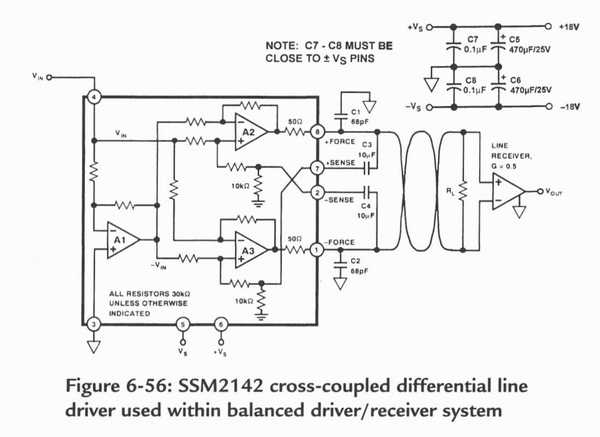Yes, the output is impedance balanced. V1 48V is a battery, together with R9 and R10 it forms the input of a phantom supply as commonly used for mic inputs. It's only scetched for clarity.
Oh I see, so I can remove R9, R10 and V1 from the drawing as it's easier for me to understand it that way.
From my point of view there is no necessity to drive XLR Pin 3 with a complementary output voltage as seen on XLR Pin 2. Several microphone manufactures like DPA do it the same way.
C2 with + side to R3, C4 with + side to R8 and C5 with + side to R7 are electrolytic caps (voltage rating 50V).
By the way: the circuit is capable to process also +4dbu levels with only small degradation of THD...
Thank you, I will try this one out for sure.
Thanks a lot











